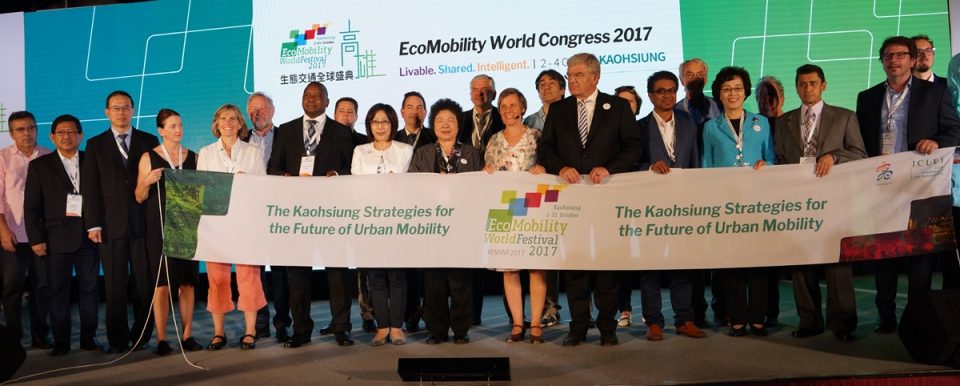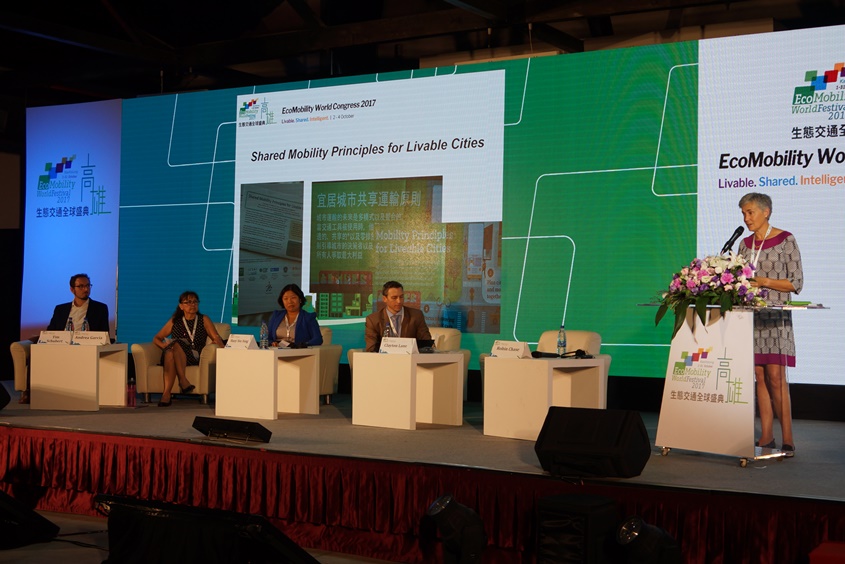Three ways to overcome the finance hurdle

Many cities have the interest and aim to implement sustainable mobility projects, but how these projects will be financed is a critical question. The cost of building up infrastructure, such as subways or light rail systems, is often a major obstacle for many cities that do not have access to sufficient financial resources. But the finance hurdle is no reason for cities to give up and abandon the idea of sustainable transport. Here are three things they can do:
- Take advantage of low-cost alternatives to motorized transport.
Shared mobility is a great example of how cities can make progress towards sustainable mobility without major financial investments – examples from around the world show the success of bike sharing schemes. Cities can also look into simple ways to improve walkability. In the Hamasen neighborhood of Kaohsiung, for example, simply painting sidewalks in a different color helped create a clearer demarcations to promote pedestrian safety.
- Look into a combination of local, national and global sources and innovative partnerships to finance sustainable transport systems.
If cities do want to take on larger projects that require significant financial investments, they can look into a variety of mechanisms and sources. Public-private partnerships in the transport sector have proven to be efficient in many cities. The City of Taipei developed what was recognized as one of the most successful bike-sharing system in the world by opening a bid and letting a private company run the project. The city did its part to ensure the success of the project by adapting urban planning to accommodate the system and by offering incentives to residents who use the bikes.
Other instruments to finance sustainable transport systems include parking charges, establishing vehicle quotas, road pricing, emissions charges, employer contributions or land development and land value taxes. In France, for instance, a number of cities have adopted policies requiring that businesses with a certain number of employees pay a percentage of their employees’ salaries to finance public transport.
Cities can also look to national and global sources for funding. National governments can employ further mechanisms such as fuel taxes or vehicle taxation to raise funds. At the global level, several funds have been created to support local governments as they take steps that support implementation of global sustainability frameworks – and urban transportation is a critical issue that can qualify cities for these global funds. Cities should also seek to combine different financing options in order to build a robust and sustainable transport system.
- Do a cost-benefit analysis that considers the real price of current transportation systems.
When looking into sustainable transport, cities should take into account the significant costs of car-based transport systems. A growing number of studies aim to calculate the true cost of automobiles on our societies. Prashanth Bachu, from WRI India suggests several factors to consider: the road space occupied per person, the cost of accidents caused by traffic, the fuel consumed per person per kilometer and the cost of impacts on human health and the environment.
Transport is fundamentally shaping cities, and cities may have more opportunities than they think to make the necessary investment in a more sustainable future for urban transport.
—
This post is based on the “Financing shared mobility and cross-sectoral synergy” session at the EcoMobility World Congress 2017.



